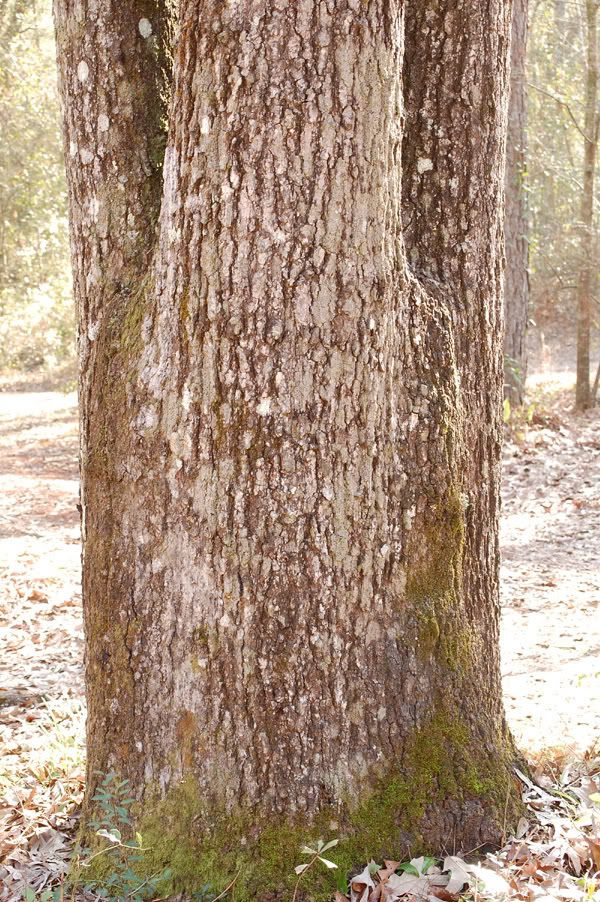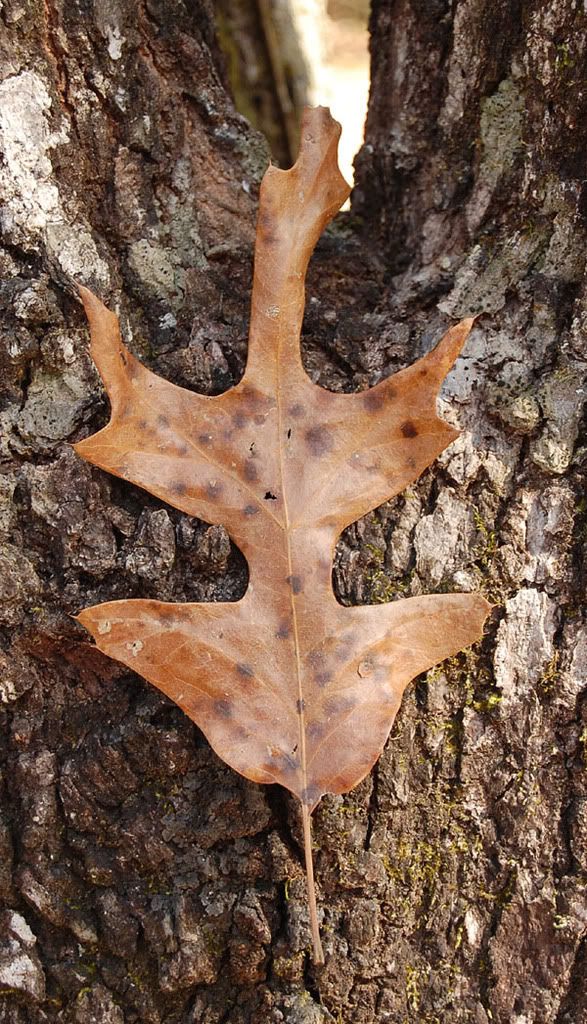"If the water is unsightly and must be prevented, siphon it out and fill with some unabrasive material." p. 455. Shigo lived in NH, studying trees closely for 30+ years, and this is all he had to say about water pockets. You may be a shrewd dude, lxt, but I gotta go with Alex on this one.
.png)
No disrespect to what Mr. Shigo did or has done, But I dont think Mr. Shigo worked the Ice storm that hit the east coast back in 98/99?, maybe if he did he would suggest something other than siphoning!!! many trees that we came across didnt fail from just Ice weight......but failed through just what we are mentioning here, as a matter of fact B.G.E during my tenure there had many classes explaining this effect, It actually happens to their facilities too, wood poles, H frames & other structures.
Alex wasnt always right Seer, a true pilgrim in many advancements of our industry & we /I am thankful for his insight & brilliance, but not a definitive source on all aspects tree related!!
Ill take the word of electrical/structural engineers that gave the class through Baltimore Gas & Electric(B.G.E) over Alex, Sorry!!!
I not trying to be shrewd..........what ever was meant by that comment??
LXT.............






